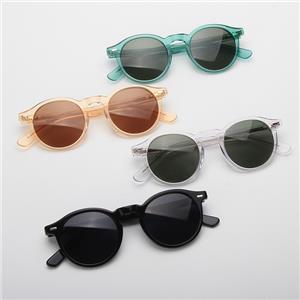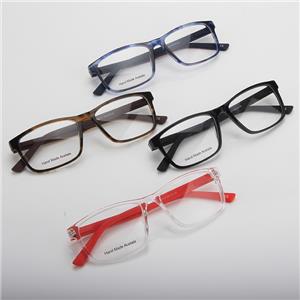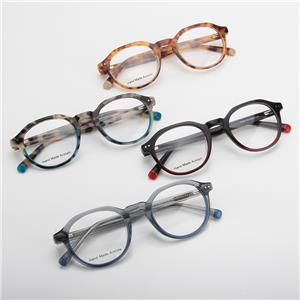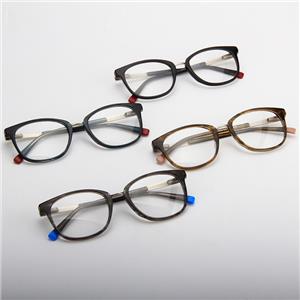The Art of Choosing Sports Sunglasses
Science Explained | The Art of Choosing Sports Sunglasses
Sport enthusiasts often wonder why they should opt for specialized sports sunglasses.
Answer One: Adding Athletic Style (Additional Features)
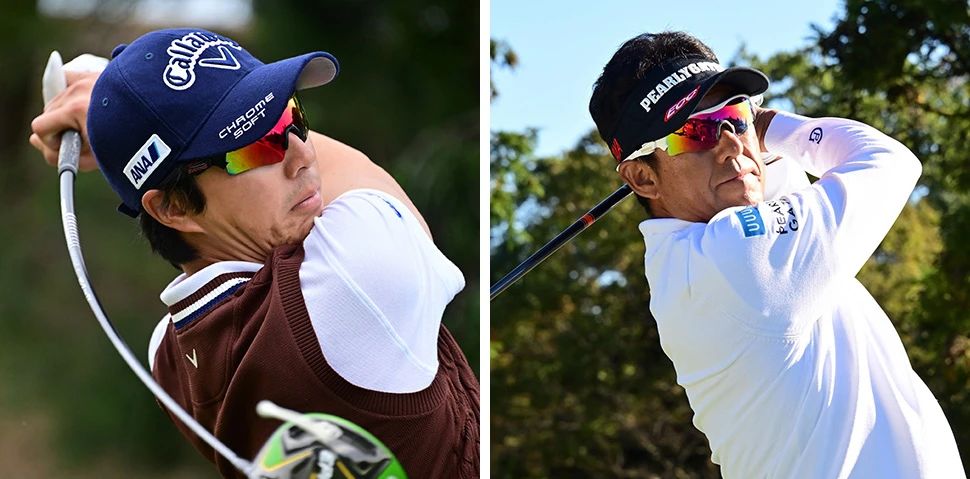
Answer Two: Protecting Eye Safety and Enhancing Vision (Primary Functionality)
Selecting professional sports sunglasses is akin to fitting outdoor activities with a safety net. The impact resistance and UV protection capabilities of sports sunglasses effectively reduce safety hazards during exercise, while also shielding against natural elements like weather and glare to ensure clear vision.
Similar to choosing appropriate clothing, running shoes, knee pads, or even non-slip gloves for sports, the eyes, being the most important sensory organs, rely heavily on vision for acquiring approximately 80% of knowledge. Therefore, adequate eye protection is crucial, making safety the key consideration.
Additionally, the price and differences in lenses are also focal points of concern:
What aspects should be considered when purchasing sports sunglasses?
Which colorful lenses suit me best?
The answers to these questions will be revealed below.
Tricks for Choosing Sports Sunglasses
Different from ordinary sunglasses, sports sunglasses are a precise blend of optics, mechanics, and aesthetics, requiring stronger dynamic considerations in lens production and frame design. Typically, sports sunglasses can be understood from several aspects:
Select lenses with strong safety features. The material selection for sports lenses has strict considerations regarding toughness, heat resistance, and impact resistance. Polycarbonate, applied in spacesuit helmets and aircraft canopies, is known as "space lenses" or "bulletproof glass" and is widely recognized as "safety lenses" in the industry.
Commonly seen sunglasses priced at tens or hundreds of dollars are mostly made of plastic, resin, or glass. In the event of unexpected accidents like a flying ball hitting the glasses, the shattered lenses can easily cause secondary damage to the eyes.
Polarization effect during sports. Polarized lenses are manufactured based on the principle of light polarization. The polarizing filter layer acts like a venetian blind, "combing" and filtering out scattered light from road surfaces, building windows, etc., allowing only fixed-direction light to pass through. This substantially reduces interference in the field of vision, allowing for better focus on targets.
In the leading optical device industry in Japan, lenses with over 90% polarization (blocking over 90% of reflected light) can be defined as "polarized lenses."
Frame design is key to reducing facial pressure. A qualified sports sunglasses frame must possess qualities of lightweight, slip resistance, and conformity, dispersing pressure from the nose over long periods of wear and maintaining stability during vigorous activity.
It's worth noting that universal European and American standard frames are not suitable for Asian wearers. The distance between the eyes and brows, as well as the width between the temples, tend to be wider for Asians compared to Europeans and Americans. Neglecting one's own conditions and blindly choosing European and American "big brands" is also not advisable.
Comfort is closely related to other details. For example, the curvature of the lens affects the state of vision; the design of the nose pad should be suitable for a wide range of scenarios; whether the temple arms are non-slip and bendable... Details constantly influence the fit and practicality of the glasses.

